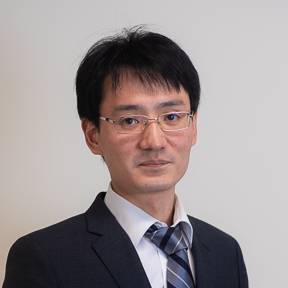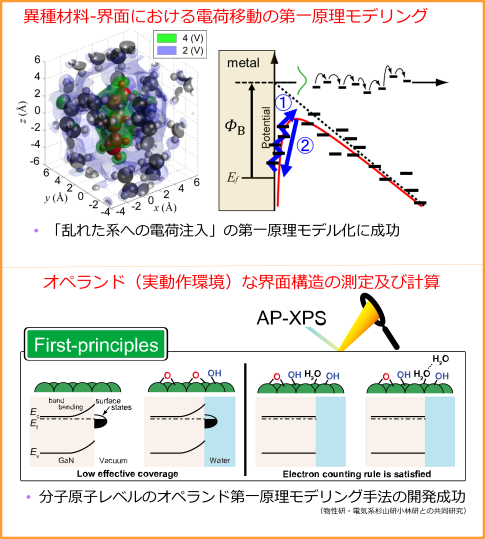
SATO Masahiro Associate Professor
Hongo Campus
Graduate SchoolGraduate School of Engineering - Electrical Engineering and Information Systems
DepartmentDepartment of Electrical and Electronic Engineering
Environment & Clean Electric Energy Field
Computational science
Plasma science
Power engineering/Power conversion/Electric machinery
Energy engineering
Artificial Intelligence (AI)
Deep Learning and Generative AI
Semiconductor
Condensed Matter Physics
Renewable Energy
Green Transformation (GX)
Phyisics and smart AI-aided electrical and electronic materials design
To achieve carbon neutrality in a materials limited world, we are designing new electrical and electronic materials with the aid of the laws of nature and artificial intelligence. By understanding the underlying phyisics of high electric field phenomena, we propose novel approaches for tailoring the material properties.
Research field 1
Parameter-free multiscale modeling of electric propeties of polymers

Polymer dielectrics are extensively used in high voltage applications. Although degradation of polymers are correlated with space charge which is formed in the material, there remains a lack of understanding of charge transfer (CT) phenomena, despite extensive experimental efforts. We, therefore, proposed a first-principles based multi-scale modeling approach to model CT in polymers. We have shown that the experimentally observed (macroscopic) carrier mobilities and current waveforms can be predicted without adopting any phenomenological models or ad hoc parameters. This made it possible to understand the link between the chemical structure of polymers and the charge transfer properties. Unlike the conventional top-down approach, which is useful from an engineering perspective, the bottom-up (multi-scale) modeling approach offers a route to in silico (computer-simulation based) materials discovery.
Research field 2
Combined experimental and first-principles studies of crystalline-amorphous interfaces

Interfaces, i.e. areas where different materials contact with each other, have been actively exploited in semiconductor devices, chemical catalysis, biological functions, etc., as they often exhibit unique properties that are unimaginable from the bulk properties of the materials in contact. Interfaces often dominate the device performance. However, interface used for engineering purposes (often between amorphous materials or between surfaces with distortions and structural reorientations that do not appear in crystalline bulk) are poorly understood and characterized due to their 'messy' structure. We have investigated the interfacial electronic and geometrical structures, and their functions, from an atomic level by combining experiments and simulations. We have also clarified the structure and charge transfer properties at the amorphous material interfaces such as metal/dielectric, dielectric/dielectric and semiconductor/electrolyte interfaces.
Research field 3
Physics-based AI models for predicting the material properties

"We live in a materials-limited world." Material properties and functions can, in principle, be predicted from first principles, however, this is extremely difficult for highly complex system or phenomena. In such cases, the so-called materials informatics approach, which combines experimental, theoretical and computational science with data science, is effective. We have succeeded in predicting the breakdown electric field and boiling point of gases by combining first-principles calculations with machine learning methods, and we are currently using this method to search for alternative gases to SF6.
In addition, various properties of polymers are predicted with the aid of the knowledge gained from the first-principles based multi-scale modelling techniques (e.g., the relation between microscopic parameters and macroscopic properties). Our research particularly focuses on practical material design with simultaneous control of multiple properties such as electrical, mechanical, thermal, and optical properties.